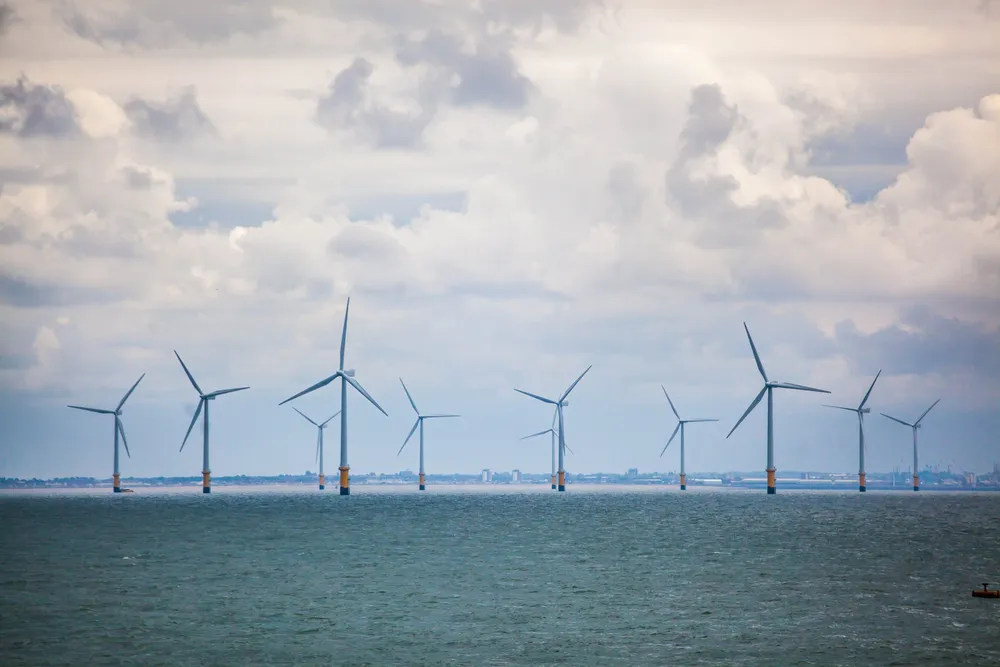Buyers' market for wind assets as sales and valuations fall: BNEF
Market for wind, solar and battery assets has 'shifted decisively' in favour of buyers as market volatility hurts business case of clean power

Investors bought fewer wind power assets and at lower prices last year amid market volatility, although some players – including RWE, Masdar and TotalEnergies – took advantage by snapping up cut-price assets, finds a BloombergNEF report.
The market for clean power assets slowed down across the board last year, with 89.4GW of projects changing hands, down 26% on 2023 amid a “challenging” M&A environment, said BNEF in a new report.
Investors are “increasingly cautious” due to rising project revenue volatility in markets with high wind and solar penetration, with ever-longer periods of negative power prices and curtailment.
“Many utilities in Europe have reduced their capex spending plans and oil majors are rolling back their clean energy ambitions. Some buyers are looking to capitalise, especially those with cheaper capital, driving a wave of consolidation.”
Pietro Radoia, senior analyst at BNEF, said that “investor focus has shifted toward safer, late-stage acquisitions amid rising market uncertainty.”
“In EMEA, late-stage deal volume actually surged to 15GW – up 59% from 2023 – driven by attractive (lower) valuations and lower interest rates. This momentum may carry into 2025, depending on interest rate trends and political stability.”
Overall, however, BNEF found that transacted capacity volumes “declined across technologies.” Onshore wind acquisitions fell 38% to 17.6GW and solar fell 29% to 41.6GW.
The value of assets has also fallen. Offshore wind assets sold for on average $3.2m/MW, down 5% from $3.35m/MW in 2023. Solar came in at $0.92m/MW – a 3% drop from 2023.
Offshore wind “dominated the market” for early-stage energy project deals last year, said BNEF, with a few large transactions enough to push companies to the top of the rankings given the “vast” size of projects.
“Big European utilities have done the same – either scaling down investment plans or focusing more narrowly on core regions. This means competition for early-stage projects has eased and valuations have come down.”
The third biggest buyer was TotalEnergies on 2.4GW, with BNEF noting that the French oil giant “stood out” as one of the few oil majors still committed to offshore wind.
(Copyright)